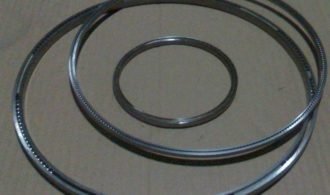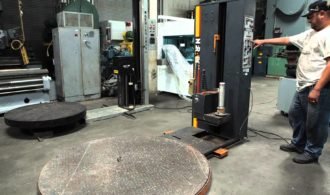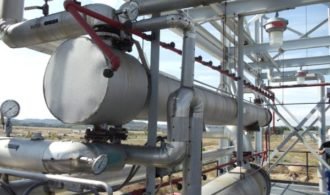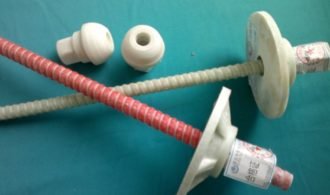Thin-section bearings are available in following designs:
- Type A – Angular Contact Type
- Type C – Radial Contact Type
- Type KT – Tapered roller bearing versions
- Type X – Four Point Contact Type
The latter, i.e. the type X resembles with type C thin-section bearing but differs in terms of the load that is handled in multiple directions by this particular type. It may be noted that the four-point contact bearing is similar to the radial contact bearing as far as complement of balls and cross-section is concerned. Type-X bearings do not suit low-torque or high-speed applications. Generation of heat and friction lower the operating speeds as compared to the Type A bearings.
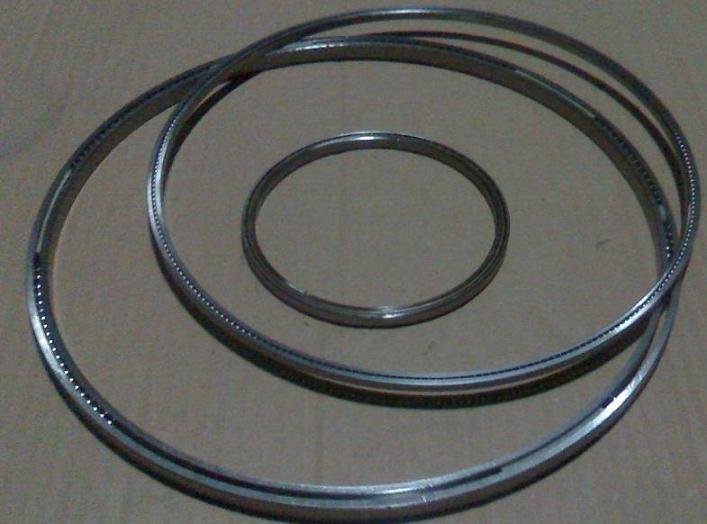
Precision classes of thin-section bearings like the American Bearing Manufacturers Association (ABMA) classes for traditional ball and roller bearings have since been introduced by the manufacturers. These are designated as 1, 3, 4 and 6 classes that differ in terms of tolerances on bearing diameter, diametral clearance (radial play) and run out.
Torque – It is the force that helps to turn the rotating race with respect to the stationary race. The driven component inertia is insignificant apart from the amount of work being accomplished in many Silverthin precision thin section bearings applications. The exact amount of requisite turning effort must be known in such cases. It helps in selecting the lightest and smallest motor that can perform the job in viable manners. Amount of the requisite torque can be affected with internal and external friction sources in certain cases where torque uniformity is as important as its magnitude.
Following three factors need to be considered well when the largest source of friction is the applied load:
- Bearing fitting practices.
- Distortions in the mounting surface
- Internal bearing clearance
It may be noted that many factors are responsible for rotational resistance of a lightly loaded bearing. It is worth noting that a great part of this resistance is generated through the following impulsive sources:
- Separator Drag
- Viscous Drag of the lubricant
- Minute geometric deviations in the balls
- Raceways
- Mounting surfaces of bearing
- Shaft
- Housing
- Internal fit-up of the bearing
- Contaminants
The amount of friction can go up considerably because of distortions in the mounting surface. Mounting the flexible thin-section bearing to an out-of-round shaft or against an out-of-flat shoulder results in increased friction that should be checked. Holding out-of-roundness to within the bearing radial run out tolerance and out-of-flatness to within the bearing axial runout tolerance as per the manufacturer’s guidelines can overcome this problem. Even a smaller internal preload (negative clearance) can result in large ball loads that can lead to high torque. It can be minimized by ensuring that out-of-roundness of the housing or shaft is small enough.
Bearings like the Silver thin precision thin section bearings must be maintained well. They must be cleaned and freed from foreign matters. Microscopic particles of dust, lint and dust etc must be kept at bay to increase the life of the bearings. These steps increase their life.

